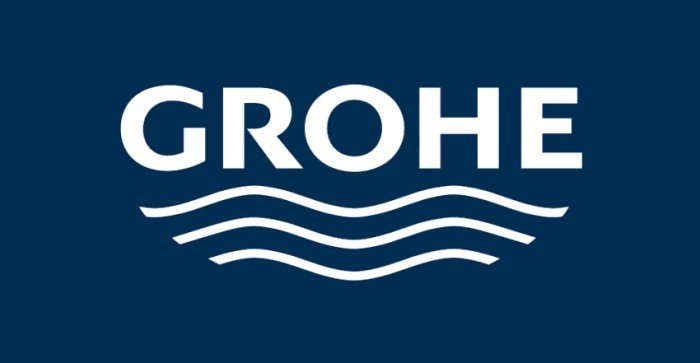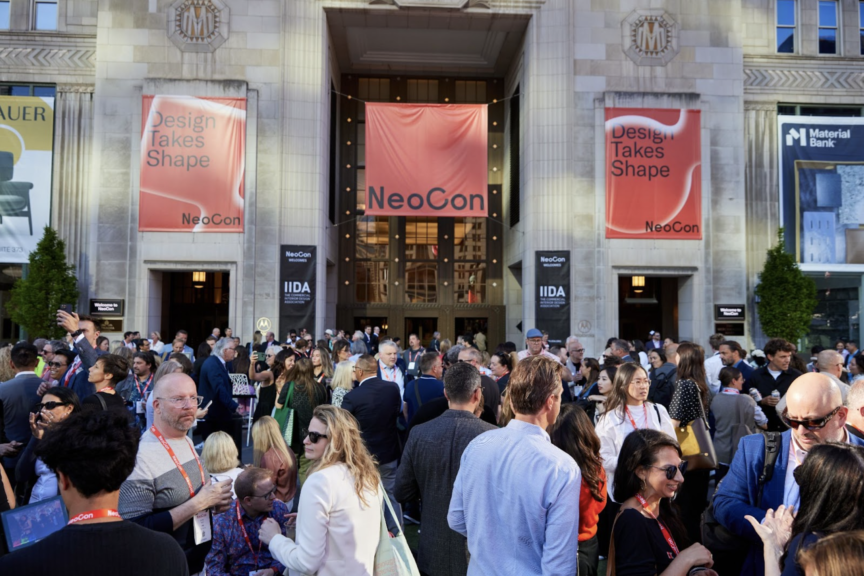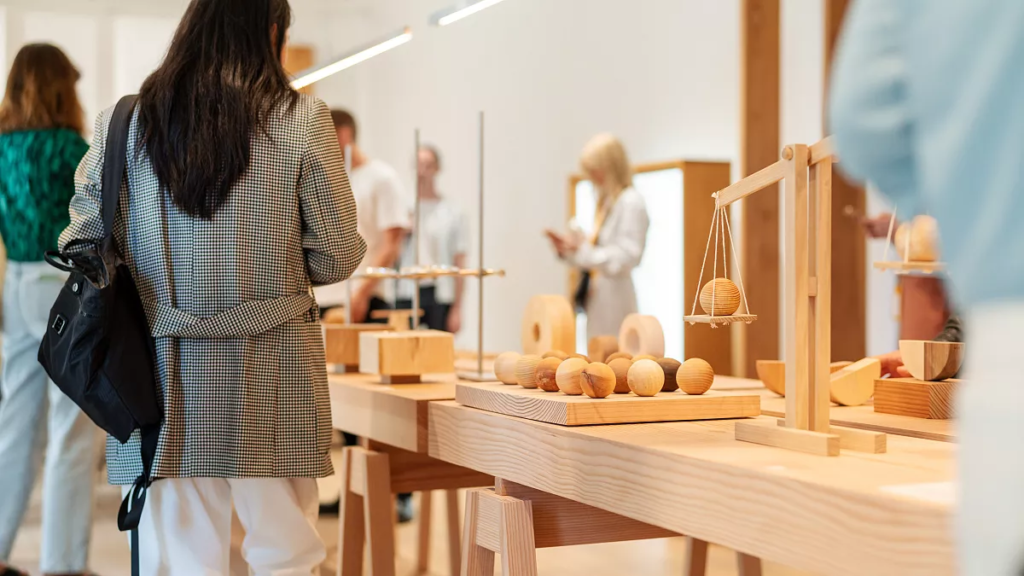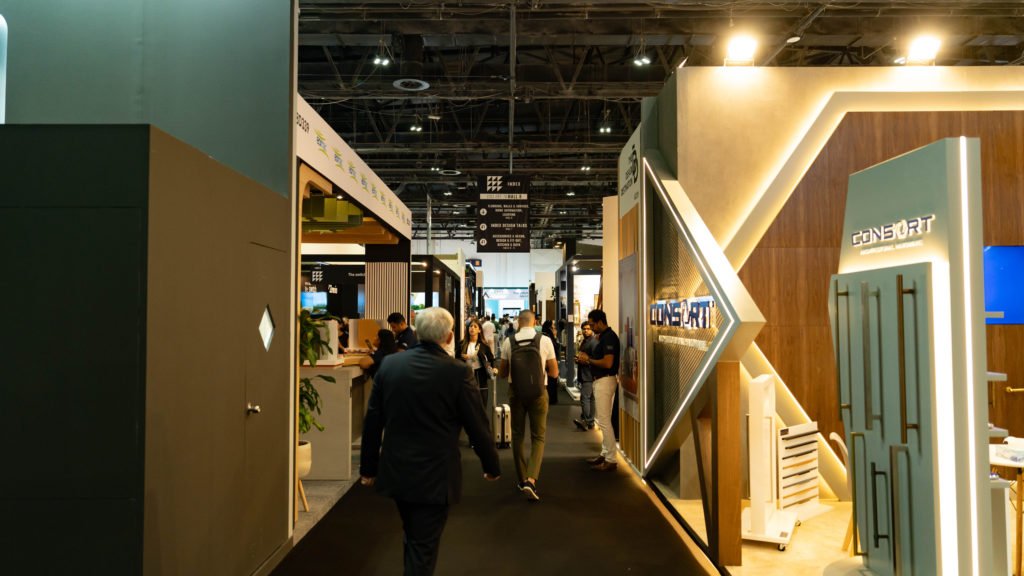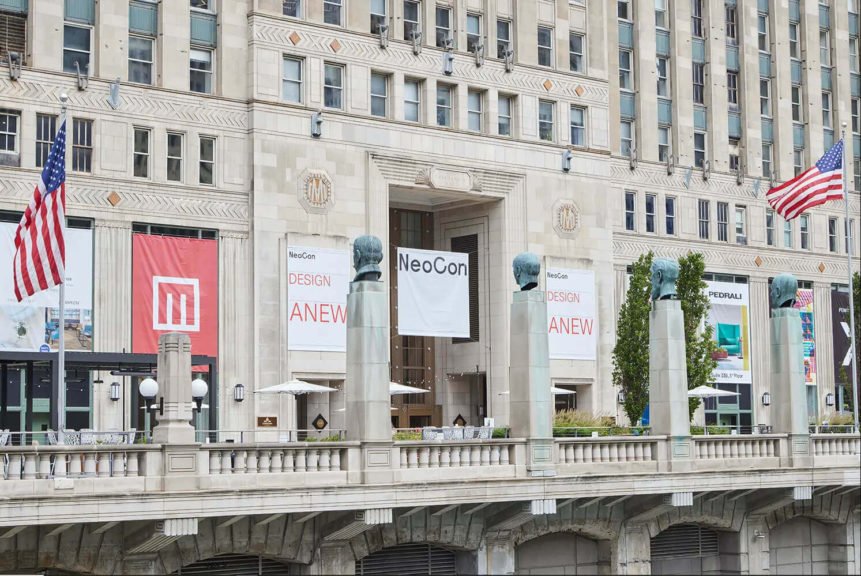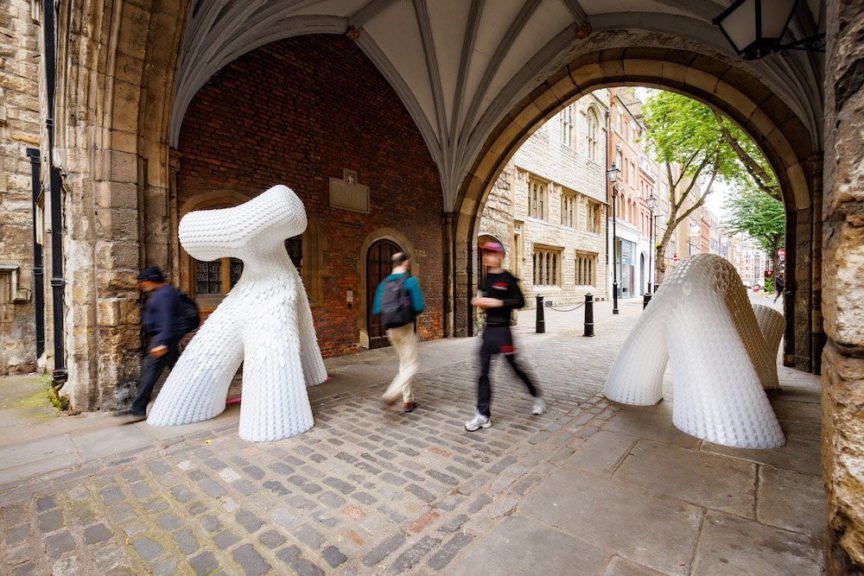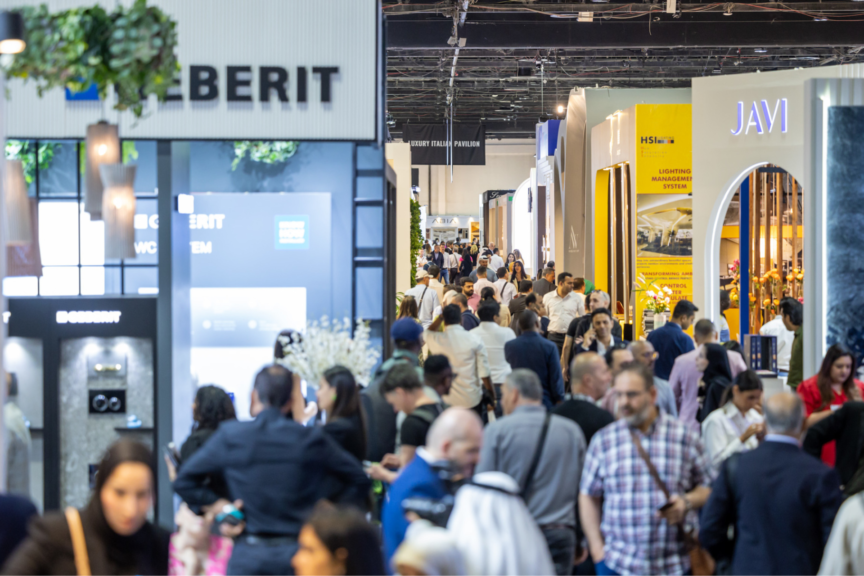Last year, Love That Design attended the Hospitality Innovation Summit’s inaugural year. Then, the aim was to understand the dynamics between designers, hotel operators and brands. We keenly observed where these parties see eye-to-eye and where they stand divided.
This time around for the second instalment of this summit organised by GBB Ventures, we looked to gain insights from hotel operators and design visionaries. How do they view the industry and what factors are shaping the future of hospitality in the Middle East currently? The passion of hosting is incumbent for a profit-making hotel, but remaining aware and up-to-date of this perennially changing industry is what keeps a company’s legacy afloat.
And change there was, and it was palpable too. At the Hospitality Innovation Summit 2024, discussions about ‘Hotels in the Middle East’ naturally (and almost profanely) steered to Saudi Arabia’s upcoming giga projects. There seemed to be an unspoken rule: ‘All eyes on KSA. Unfaltered and Steady.’
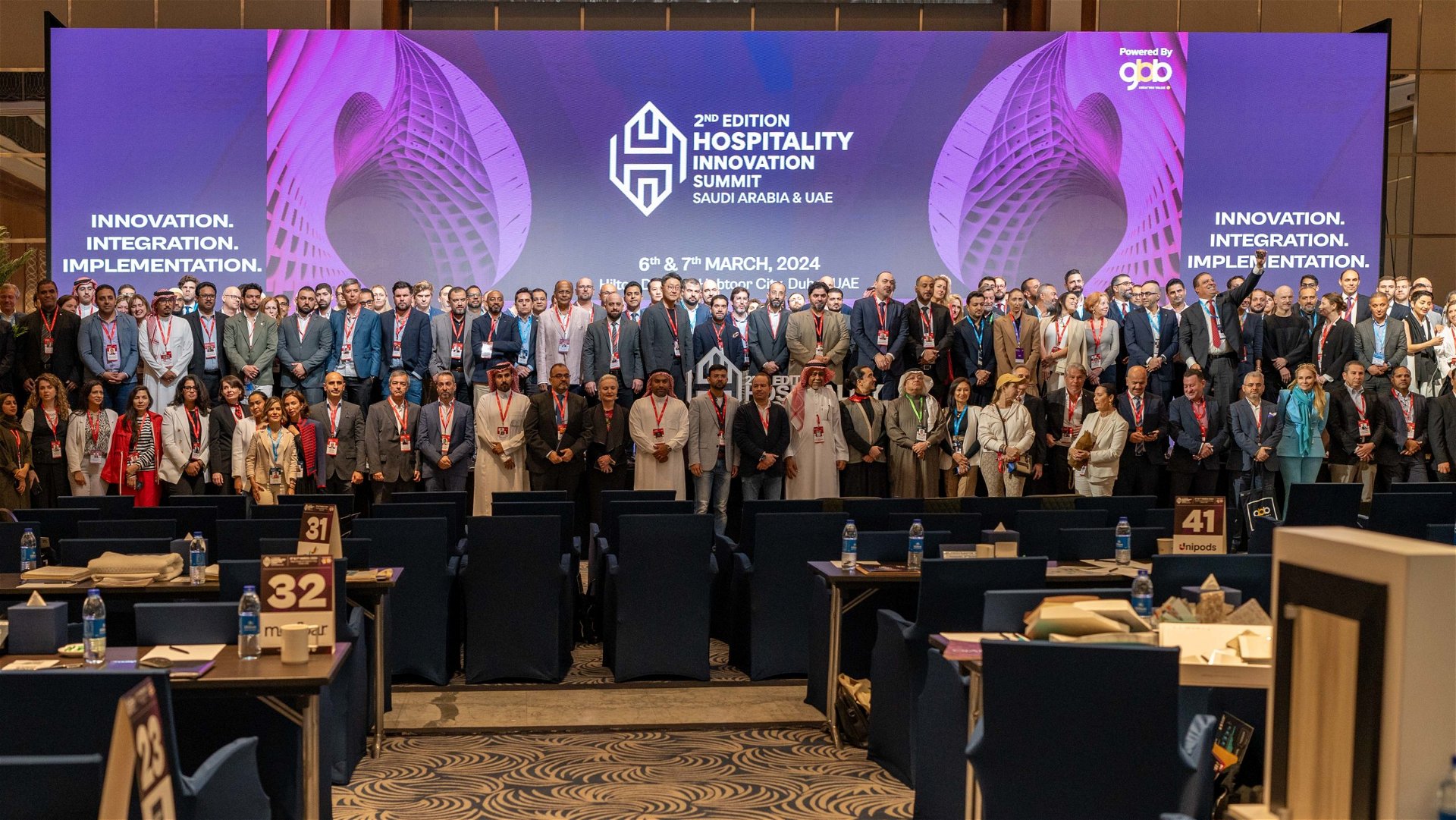
But that does not mean that UAE’s hospitality progress is stagnant. According to a study presented by Turab Saleem, Partner – Head of Hospitality, Tourism & Leisure Advisory, Knight Frank MENA – in 2023, there had been a 6.4% increase in the number of hotel rooms operating in Dubai from the previous year. It’s an intriguing energy at the summit. Saudi Arabia’s vision and lofty ambitions has widened scope for designers, hotel operators and brands – and each wants more than just a sliver.
In our opinion, here are a few factors that will underscore developments to come in the future, in Saudi Arabia and by extension, in the UAE:
1. “The Hotel of the Future is a Distributed Network”
A novel experience is the new luxury. It’s not about a hotel that has it all, it is about (planned) intuitiveness.
LAVA (Laboratory for Visionary Architecture) is a research-based design firm based in Germany. Their modus operandi exists at the confluence of using principles already existing in nature and applying them to technology. Simply put, LAVA aims to build and design more with fewer resources. LAVA has laid out the masterplan for Trojena in Saudi Arabia, and also designed the hit Germany Pavilion during Expo 2020.
At the Hospitality Innovation Summit 2024, Dr.-Ing. Alexander Rieck, Co-Founder, LAVA emphasised on raising the quality of spaces over. “It is about creating an experience, where a user can’t quite put a finger on it, but can sense the thoughtfulness behind a design”, he said during his address. And it doesn’t have to be an obvious treatment such as cutting-edge acoustics. Alexander proffered, “Take the Porsche cars, as an example. The interiors of the cars are tailored with amplifiers to curate an exhilarating ambiance. The Hotel of the Future is configured to your liking.The Hotel of the Future is a distributed network.”
A ‘distributed’ hotel is not that is not bound by peripheries or limited to a single building. It is one that is spread across a wide expanse – almost like a high-functioning, symbiotic village. From the click of the door closing to deliberately using senses of smell and sight to anchor an emotional connection, to be a truly experiential hotel requires crafting every detail and thinking out of the confines.
2. In Saudi Arabia, there’s Siranna and then there’s Aseer
Both Between Nature, but Both Different Approaches
Paolo Testolini, Principal, Woods Bagot graced the Hospitality Innovation Summit 2024 stage to narrate the vision behind Siranna, a piece of architecture designed to blend between the topography of the Gulf of Aqaba in Saudi Arabia. Pacing the stage like a charged electron, Paolo began with history of hospitality design and adeptly segued to the concept of Siranna and how he used MidJourney to develop the first few renders. With pride lacing his tone, he painted a verbal picture of his journey to working exhaustively to finally make ‘AI’s lucid yet impossible vision’ a reality.
In an exclusive conversation with Love That Design after his speech, he revealed his thoughts about AI in design. Paola expressed, “It’s [AI is] still not there yet, but one day it might be. Right now, it is best to tread with caution because there might be copyright issues or other unethical practices one could get pulled in for.” So far, AI has assisted designers, and the story Siranna in Saudi Arabia stands exemplar to its potential.
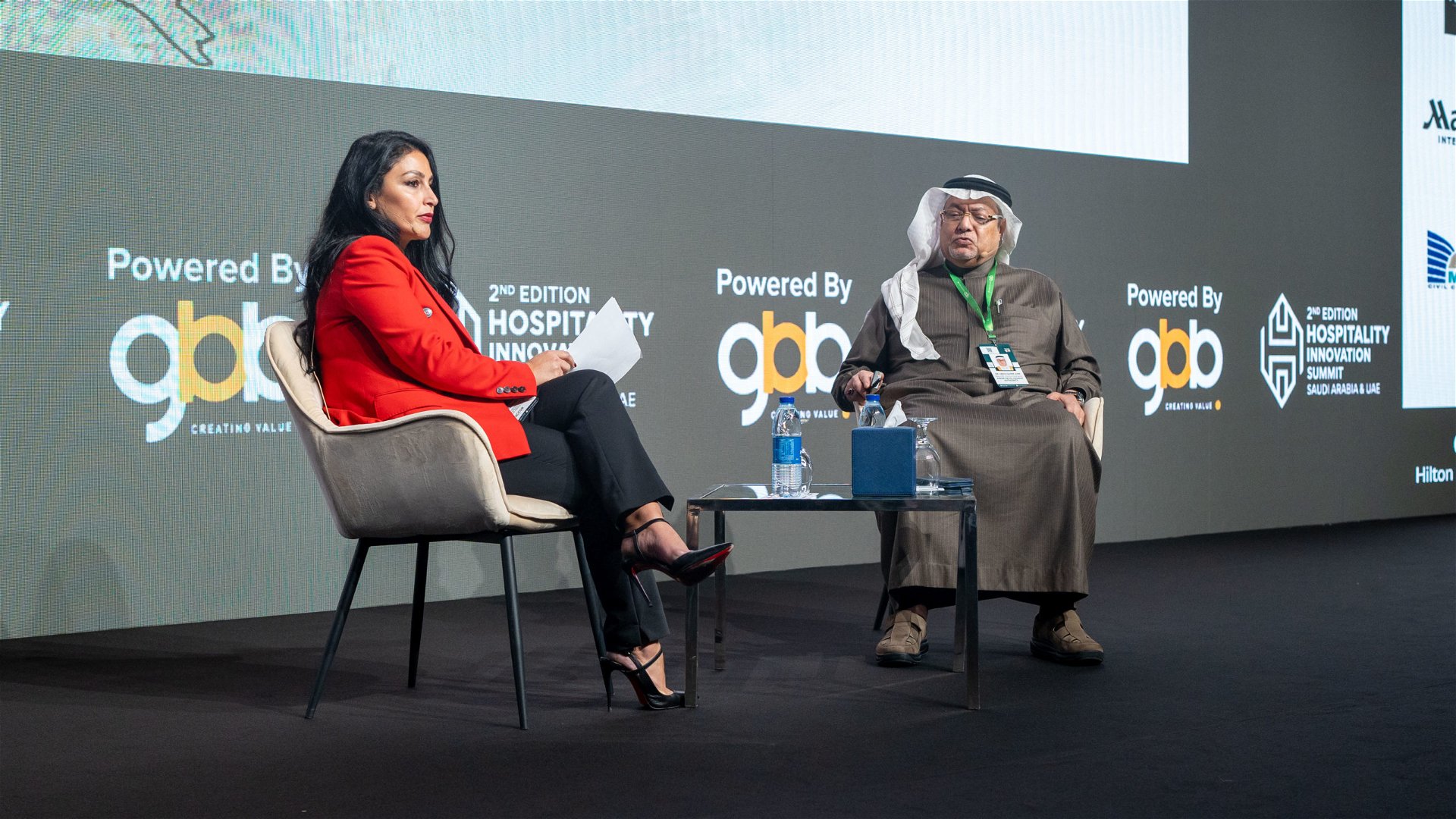
Before Paolo’s talk, Dr. Abdulgader Amir, Deputy CEO, Aseer Development Authority (ASDA) sat down with Maya Ziadeh, Chief Development Officer, Premium Midscale & Economy – Middle East, Africa & Turkey, Accor. For the uninitiated, Aseer (or Asir) is a region located to south of Mecca, and like Yemen, it even remained discovered to early historians. Aseer stands out in the Saudi Arabian terrain due to its cooler climate and mountain geography.
“We aim to transform Aseer into a tourist destination”, Abdulgader told Maya during their discussion on-stage. “By infusing a hint of modernity, and conserving our natural heritage, our strategy for Aseer is to diversify Saudi Arabia’s offering.” He went on showcasing the various regions Aseer had and what was planned for them. The Namas-Tanomah-Belasmar region, for instance, would be leveraging its mountainous nature. From camping, experiencing Aseeri traditional folk dance, adrenaline-pumping activities such as the longest zip line in the world to a wellness retreat and soul-inspired retail area, the idea seemed to balance amenities with nature.
3. Luxury still reigns Supreme in the Middle East
Hardly a revelation – but Knight Frank has numbers
Knight Frank’s report presented by Turab Saleem denotes that in Saudi Arabia, 66% of the existing supply (of hotel keys) and 77% of upcoming supply comprises luxury, upper-scale and upscale hotels. Expectedly, NEOM has the most number of planned hotel keys in KSA. Comparatively, the Red Sea Development sports 1/8th of NEOM’s number for hotel keys.
The UAE projects similar statistics. In the region, 67% of the existing supply (of hotel keys) and 70% of upcoming supply comprises luxury, upper-scale and upscale hotels.
4. International Brands v/s Local Brands
What’s the tension?
The top six hotel operators in both regions (Saudi Arabia and UAE) are international. According to the aforementioned report from Knight Frank, supply from local brands has seen a drop in upcoming supply (of hotel keys) as compared to existing supply.
In KSA, it slid from 19% of total hotel keys supply to 5%. Whereas, in the UAE the dip is from 24% to 10%. This indicates an identical 14% drop-rate for both regions. Interestingly, while UAE’s supply of unbranded brands remains below 10% in both scenarios, KSA’s exceeds 40% for the unbranded in existing and upcoming supply.
According to speculations, it boils down reliability and experience in operating mammoth luxury operations that’s pulling business away from local brands. Perhaps, KSA’s ratio for the unbranded could be attributed to it still being a budding tourist spot? Most importantly, what is the strategy of local brands in KSA? Is it to compete with international brands or replace the unbranded?









